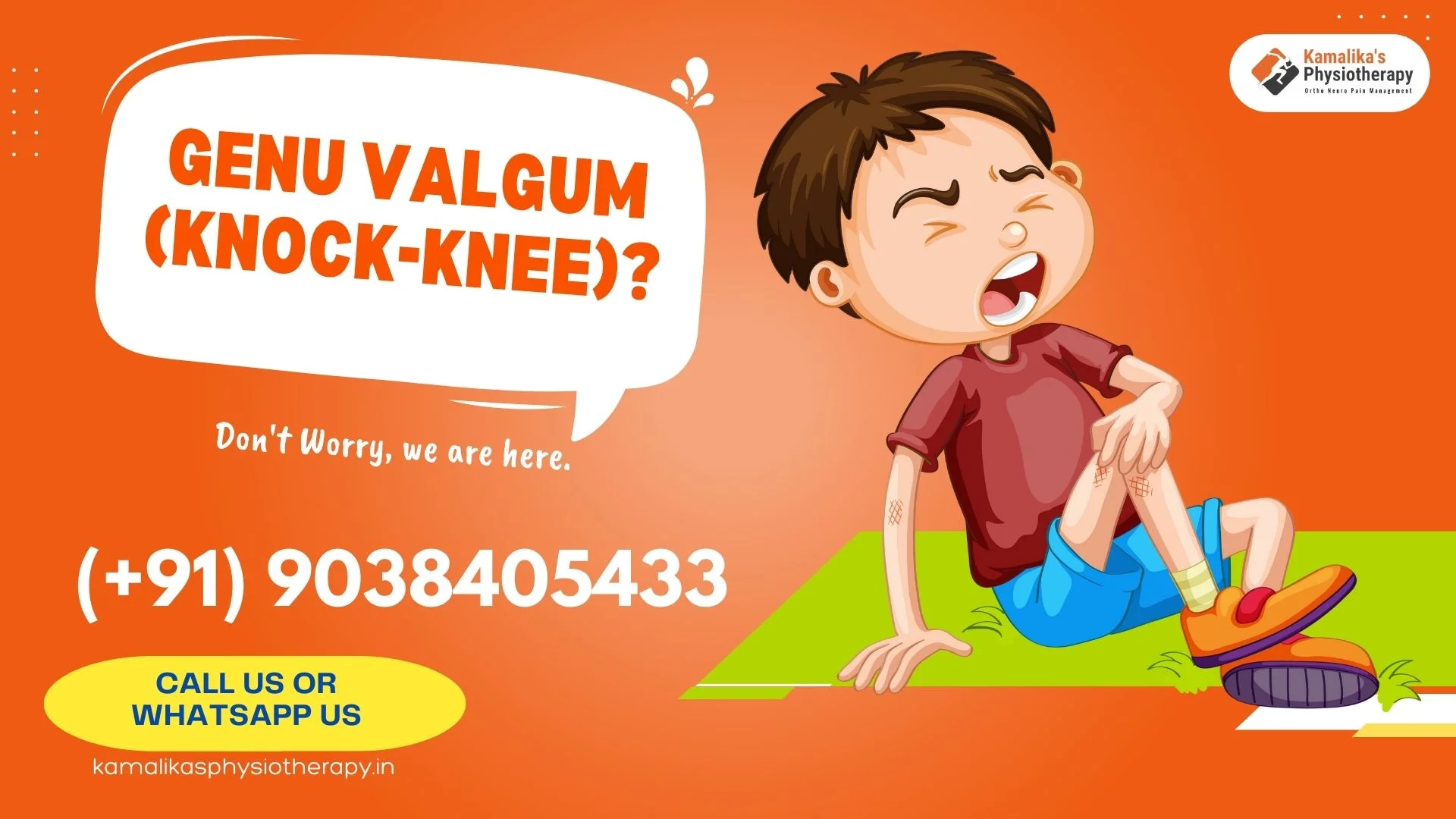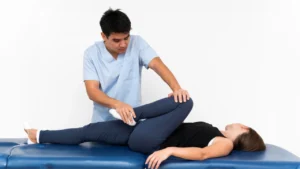Genu valgum, commonly known as knock-knee, is a condition characterized by the inward angling of the lower legs, causing the knees to touch or come close together while the ankles remain apart. It can lead to discomfort, instability, and altered gait patterns. While some cases of genu valgum may require medical intervention, physiotherapy plays a crucial role in managing and treating the condition.
In this article, we will explore various physiotherapy techniques and exercises that can effectively address genu valgum.
-
Assessment and Individualized Treatment Plan:
Upon diagnosing genu valgum, a physiotherapist will perform a comprehensive assessment to determine the underlying causes, range of motion, muscular imbalances, and any associated factors. Based on the assessment findings, an individualized treatment plan will be developed to address the specific needs of each patient.
-
Strengthening Exercises:
Strengthening the muscles around the knee and hip joints is essential to help correct the alignment and stability of the lower limbs. Physiotherapists prescribe exercises that target the quadriceps, hamstrings, glutes, and other key muscles. Examples of strengthening exercises include squats, lunges, leg presses, step-ups, and clamshells. These exercises not only improve muscle strength but also contribute to better knee alignment.
-
Stretching and Range of Motion Exercises:
To address tight muscles and improve your range of motion, physiotherapists at home near your area incorporate stretching exercises into the treatment plan. These exercises target specific muscles such as the iliotibial band, hip adductors, and calf muscles. Stretching can help lengthen tight muscles, reduce imbalances, and improve joint mobility.
-
Balance and Proprioception Training:
Genu valgum can affect balance and proprioception (awareness of body position). Physiotherapists implement various balance exercises to improve stability and reduce the risk of falls. These exercises may include single-leg standing, balance board activities, and wobble board exercises. Proprioceptive training involves activities that challenge the body’s ability to perceive and respond to joint position changes, such as balance beam exercises and dynamic weight shifting.
-
Gait Training:
Since genu valgum can affect walking patterns, gait training is a crucial component of physiotherapy treatment. Physiotherapists analyze the patient’s gait mechanics and provide specific instructions to correct any abnormalities. This may involve focusing on stride length, foot placement, and hip and knee alignment during walking or running. Correcting gait abnormalities helps to alleviate stress on the knee joints and promotes proper lower limb alignment.
-
Orthotic Intervention:
In some cases, orthotic devices such as shoe inserts or custom-made orthotics may be recommended. These can provide additional support, cushioning, and alignment correction to help improve biomechanics and reduce the impact on the knees during weight-bearing activities.
-
Education and Home Exercise Program:
Physiotherapists play a crucial role in educating patients about proper body mechanics, posture, and ergonomics. They provide guidance on maintaining good alignment during daily activities, such as sitting, standing, and lifting. Additionally, a home exercise program is usually prescribed to ensure continuity of treatment and to encourage active participation in the recovery process.
Conclusion,
You must go to Google and type “physiotherapist near me” to hire the best physio because physiotherapy offers valuable interventions for individuals with genu valgum (knock-knee) to improve their alignment, alleviate symptoms, and enhance overall function. Through a combination of strengthening exercises, stretching, balance training, gait correction, and patient education, physiotherapists can help patients achieve better lower limb alignment, reduce pain, and enhance their quality of life. If you or someone you know is experiencing genu valgum, consulting with a qualified physiotherapist can provide personalized guidance and effective treatment strategies.



